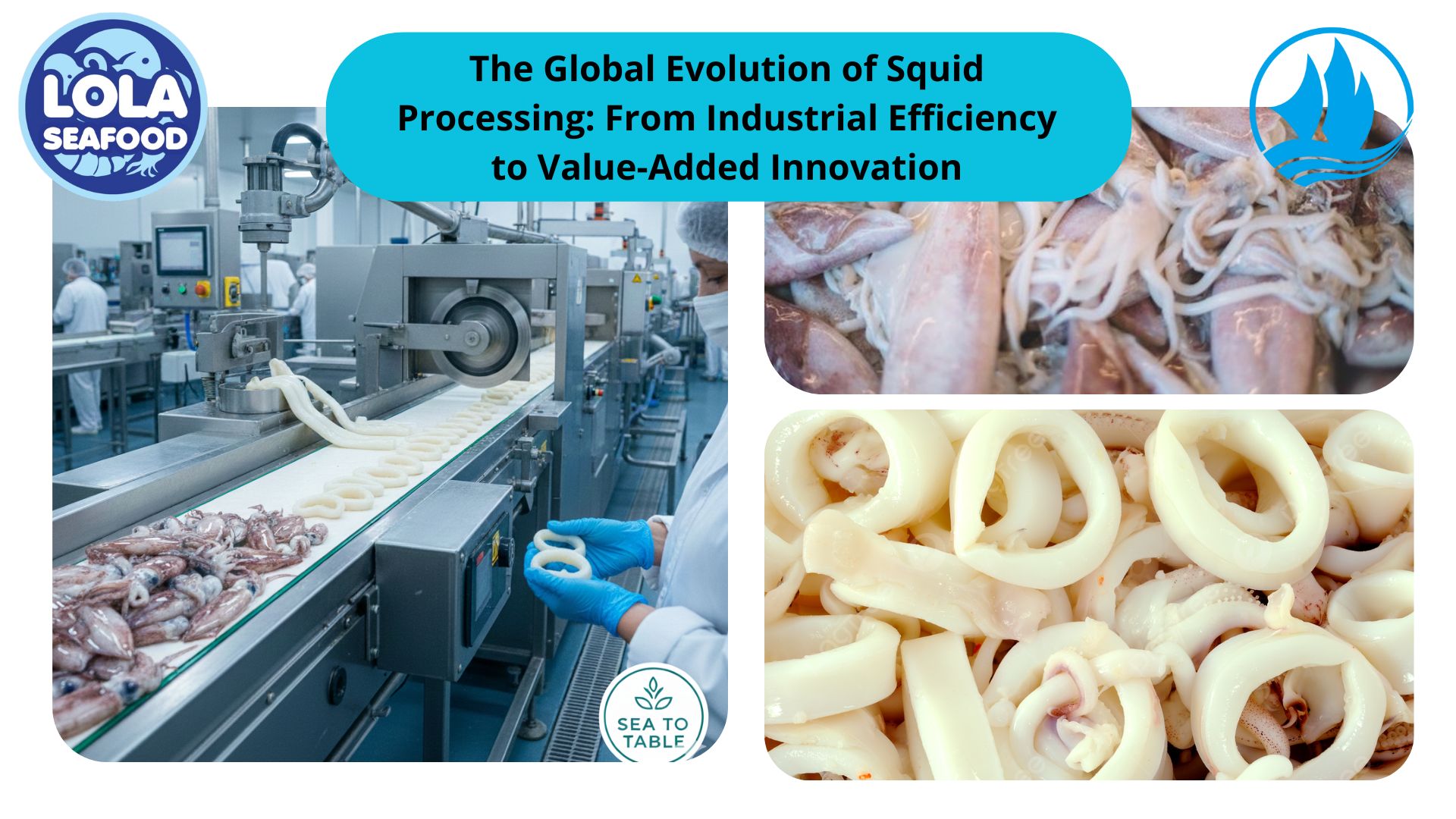EXPOSURE OF MARINE MAMMALS
By. Najih - 02 Aug 2024.jpg)
Interest in the effects of petroleum on marine mammals has been stimulated both by the general presumption of impact of oil spills on marine mammals. Contact with viscous oils can lead to long-term coating of the body surface, which may interfere with swimming ability in seals, with filtering capabilities by baleen whales, and with thermoregulation in the furred marine mammals. Thermal stress as a result of increased conductance in oil-fouled fur is a primary threat to sea otters and polar bears, resulting in decreased body temperature and an increased metabolic rate.
Exposure of marine mammals to spills of petroleum hydrocarbons is a major concern. Sea otters are particularly susceptible to such exposure because of their natural grooming habits and their lack of an insulating blubber layer. Fish, shellfish, and corals may not be exposed immediately, but can come into contact with oil if it is mixed into the water column — shellfish can also be exposed in the intertidal zone. When exposed to oil, adult fish may experience reduced growth, enlarged livers, changes in heart and respiration rates, fin erosion, and reproduction impairment. Fish eggs and larvae can be especially sensitive to lethal and sublethal impacts. Even when lethal impacts are not observed, oil can make fish and shellfish unsafe for humans to eat.
Capture, transport, and holding stresses lower the threshold of hydrocarbon toxicity in these animals. Priority treatment of exposed animals is stabilization prior to washing, including hydration, correction of life-threatening electrolyte imbalances including hypo-glycemia, correction of hypothermia or hyperthermia, and potential nutritional compromise and other emergency care. Washing oiled marine mammals requires large volumes of warm, soft (3–5 grains of hardness) water, especially for animals with a dense fur coat. Weathered oil and tar may be pretreated with warmed methyl soyate or vegetable oil worked vigorously into fur, followed by one or more washes with detergent and thorough rinsing and drying. Full recovery and waterproofing will occur as the animal resumes normal grooming behaviour, and animals should be gradually reintroduced to water with regular monitoring of recovery. Temporary housing in soft water after washing can reduce recovery time.
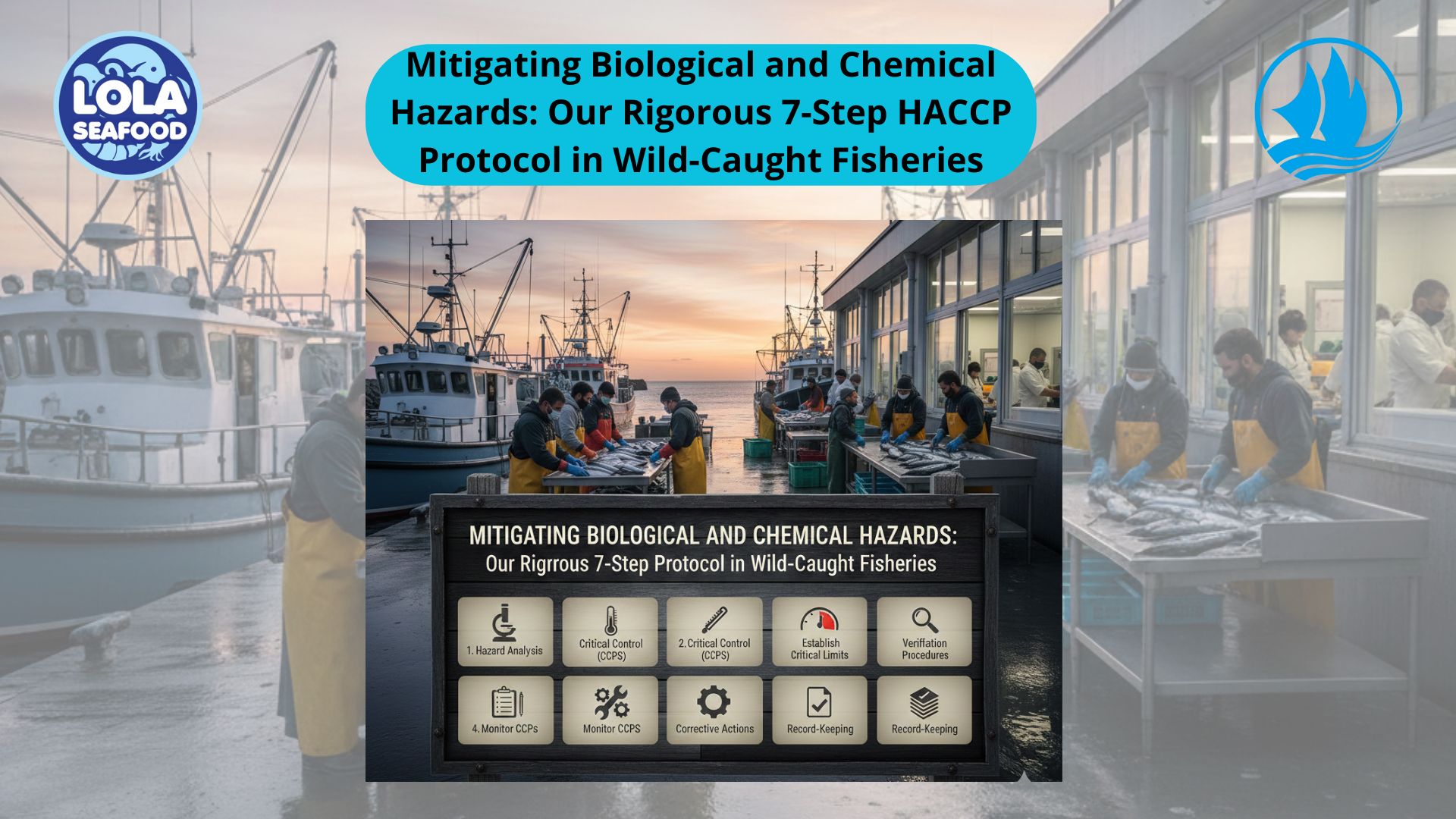
Mitigating Biological and Chemical Hazards: Our Rigorous 7-Step HACCP Protocol in Wild-Caught Fisheries

.jpg)
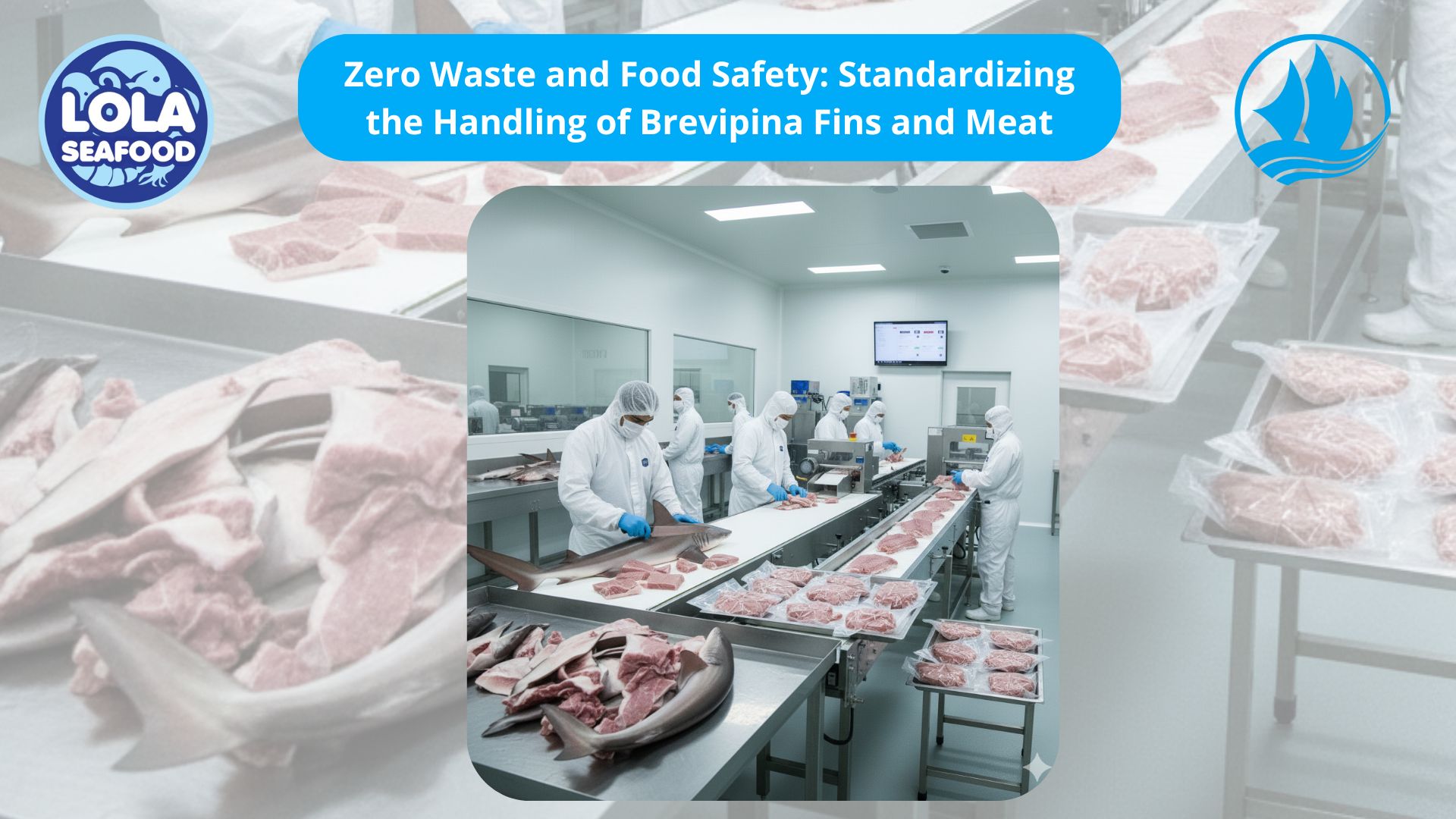

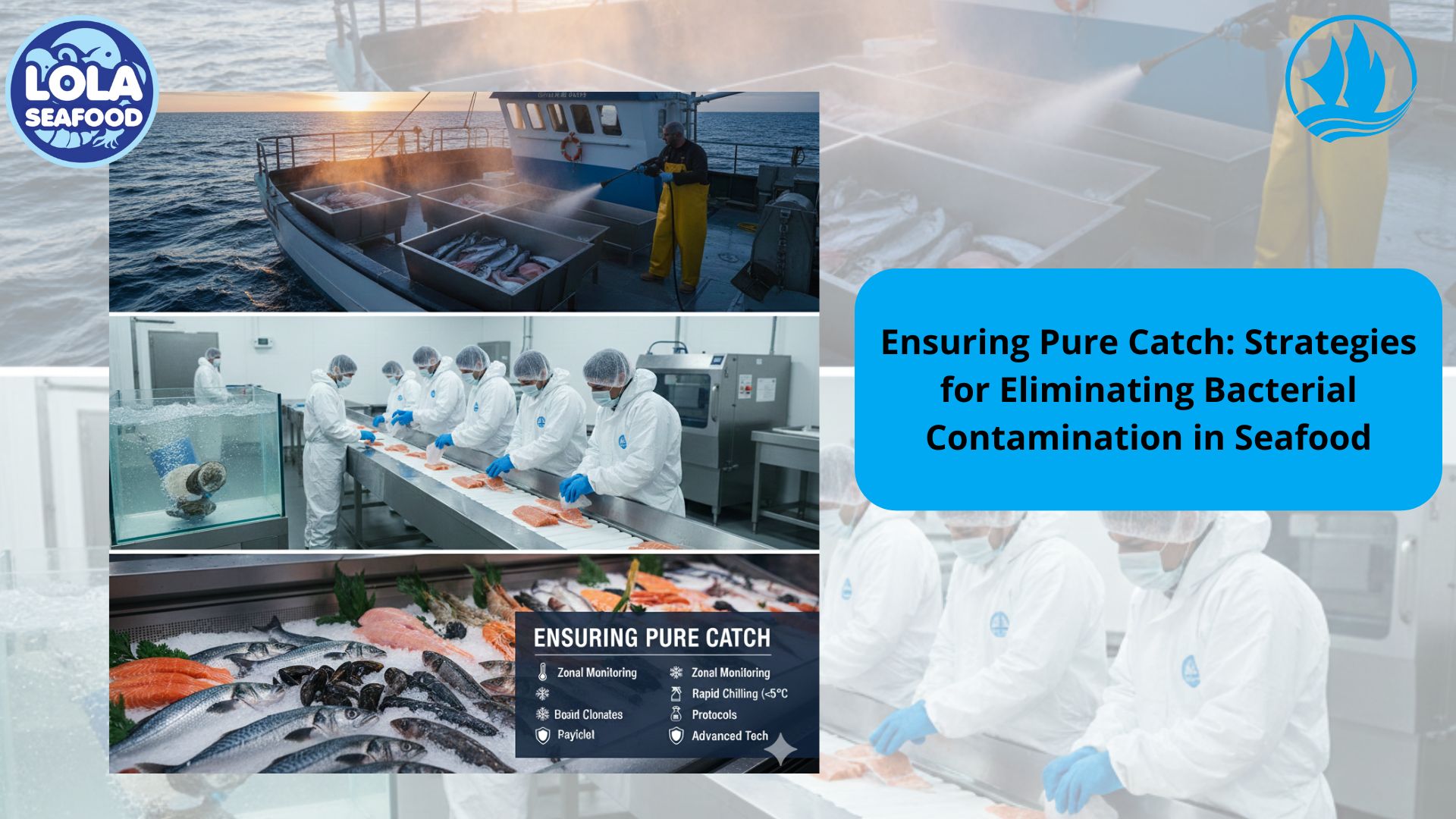
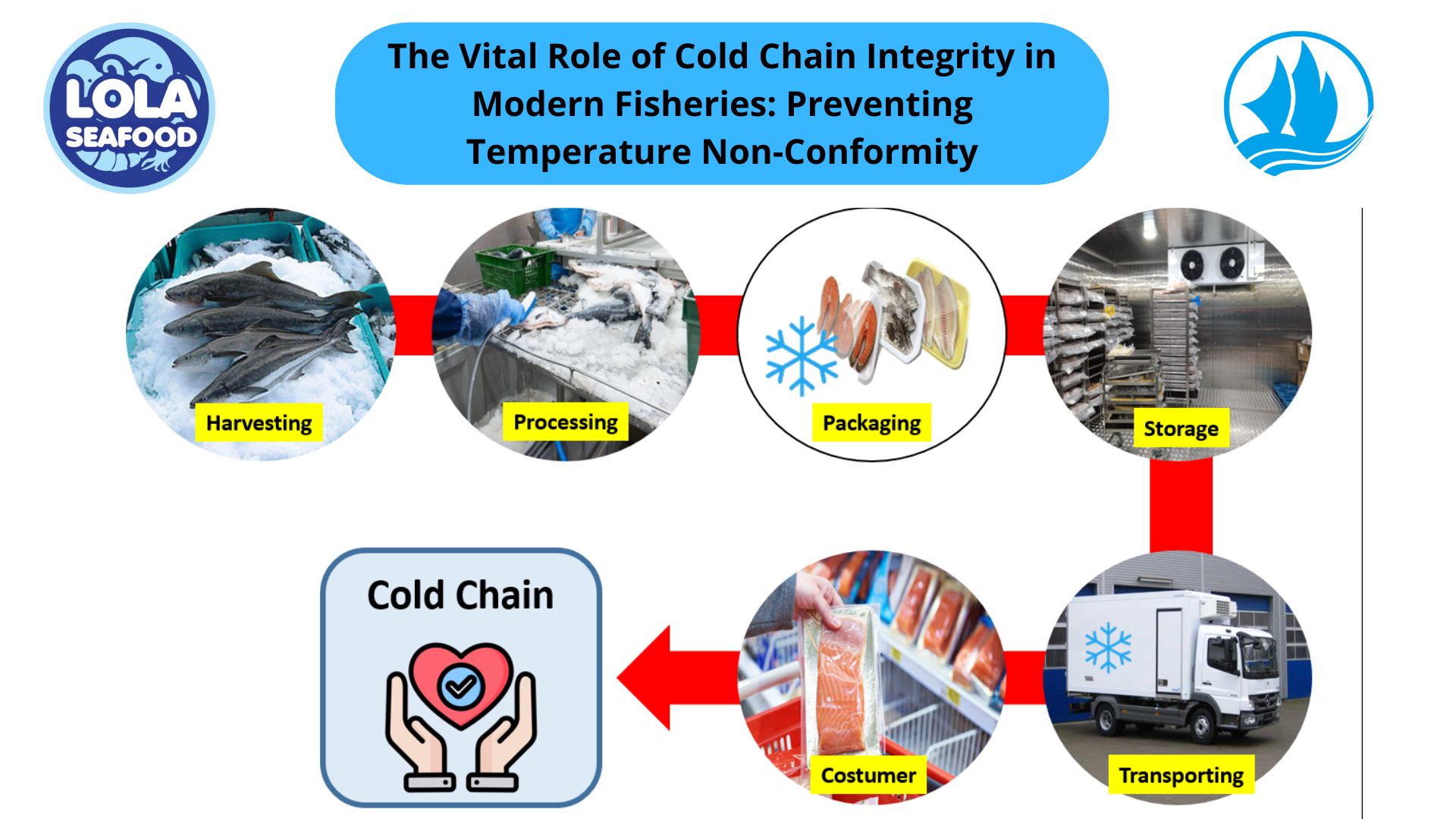
.jpg)
